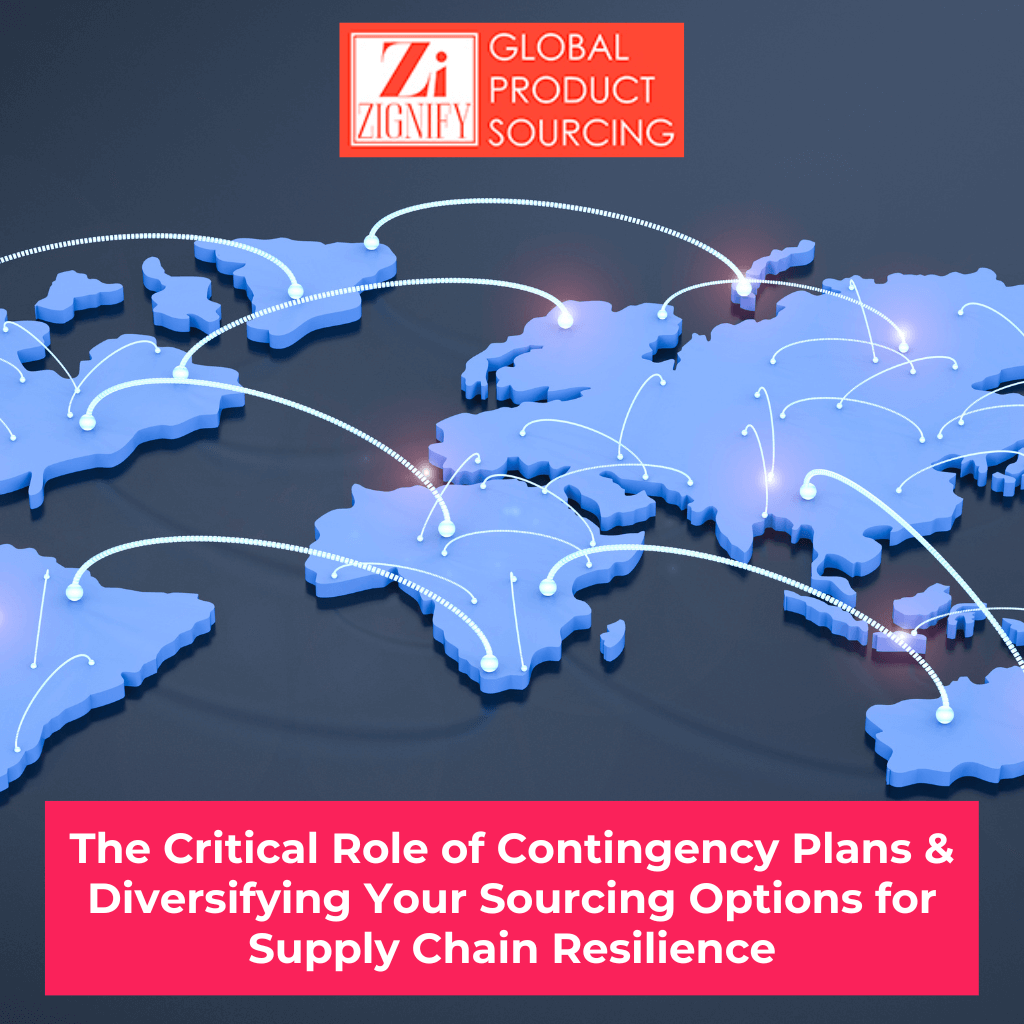
Another year unfolds, bringing with it yet another global supply chain crisis. It is now undeniable that supply chain disruptions have become an unavoidable reality in the dynamic landscape of global commerce. The recent headlines highlighting the Panama and Suez Canal crises underscore the critical importance of preparedness for ensuring seamless business continuity.
As we embark on this new year, businesses brace themselves for a turbulent journey, navigating the storms of global supply chain disruptions. Let’s delve into the unfolding events and explore strategies for enhanced preparedness to effectively navigate the challenges that lie ahead.
The Panama Canal Dilemma
Extreme drought conditions in Panama have led to unprecedented restrictions on vessel transits through the Panama Canal, affecting supply chains and necessitating strategic rethinking. This has led to reduced daily transits, causing a ripple effect on global supply chains, and according to supply chain experts, it will take years and billions to fix.
The resultant increase in shipping costs and weight restrictions have resulted in increased costs and delays, prompting shipping lines to explore alternative routes, such as the Suez Canal. The extended wait times and potential shortages of goods highlight the urgency for businesses to reassess their strategies.
The Suez Canal Disruption
In other news, the Suez Canal, which about handles 12% of global trade, a vital link between Asia and Europe, faces a different set of challenges. Security concerns off the Yemen coast have compelled shipping companies to reroute vessels away from this crucial waterway.
The impact is profound, with container vessels pausing or rerouting, potentially removing a quarter of the globe’s shipping capacity. Inflation of prices, shipment delays, and disruptions to global markets are becoming palpable consequences of this redirection.
The Impact and Lessons Learned
Both the Panama and Suez Canal crises have triggered a domino effect, impacting businesses far beyond the maritime industry. Rising costs due to alternative routes, inflation, increased wait times, and the spectre of potential shortages underscore the vulnerability of supply chains that rely heavily on these waterways.
The interconnected nature of global trade means that disruptions at one point can send shockwaves throughout the entire supply chain, affecting various sectors and geographies.
As the Panama Canal experiences reduced water levels, impacting vessel transits, and the Suez Canal faces security concerns, the need for robust contingency plans and strategic nearshoring has never been more evident.
Is a Solution Within Reach for the Panama & Suez Canal Bottlenecks?
Once more businesses need to realize to survive and thrive in the face of unforeseen global disruptions, they must prioritize and implement robust contingency plans. It is quite evident that contingency planning is not a luxury but a strategic necessity, providing a roadmap for businesses to follow when confronted with supply chain disruptions.
Rising costs, increased wait times, and the potential for shortages spotlight the vulnerability of businesses without contingency strategies. Contingency planning, from risk assessments to diversifying sourcing strategies, emerges as a strategic necessity, providing a roadmap for businesses to navigate disruptions and ensure their survival and resilience.
Recognizing that a one-size-fits-all approach doesn’t work, businesses must tailor their contingency plans to their unique needs. By understanding the intricacies of their supply chains, companies can build resilience, allowing them to pivot quickly when needed. This proactive approach involves monitoring global trends, establishing early warning systems, and maintaining clear communication channels with suppliers and partners.
As businesses seek ways to reduce dependence on vulnerable routes, nearshoringemerges as a strategic advantage. This concept involves shifting production or sourcing closer to the home country. Nearshoring emerges as a strategic solution for those businesses that want to remain resilient. While offshoring may have been a cost-effective strategy in the past, recent events have highlighted the risks associated with relying heavily on distant suppliers.
Why nearshoring? Proximity to suppliers can reduce lead times, mitigate risks associated with lengthy transit routes, and enhance overall supply chain resilience. Diversifying sourcing options by considering nearshoring helps businesses optimize their supply chain and reduce dependence on vulnerable routes.
It’s also quite imperative to say that in an era of heightened global supply chain uncertainty, sellers and businesses must diversify their sourcing options to minimize risk. This is not the time to put all your faith in one single supplier. Relying on a single source or region can leave businesses vulnerable to disruptions, whereas diversification allows for a more resilient and adaptable supply chain. This may involve working with suppliers from different geographical locations, exploring partnerships with local manufacturers, or considering dual-sourcing strategies.
We can all agree that businesses that have diversified suppliers, alternative logistics routes, and clear communication channels are better equipped to weather the storm, maintain operations, and ensure business continuity.
In addition to contingency planning, diversifying sourcing options, and nearshoring, businesses should continuously optimize their supply chain processes. Embracing technology, implementing data-driven decision-making, and fostering collaboration with suppliers and logistics partners are crucial steps in creating a more agile and responsive supply chain.
Final Thoughts
What’s happening at the Panama and Suez Canal should serve as a wake-up call for businesses to reevaluate their supply chain strategies. Examining past supply chain disruptions, such as natural disasters, geopolitical tensions, and global pandemics, reveals the importance of having contingency plans in place.
This calls for a clarion call for sellers and businesses to optimize their supply chains, ensuring adaptability, stability, and long-term success in a world where challenges are as unpredictable as they are inevitable. By learning from the past and implementing best practices, sellers and businesses can navigate the turbulent waters of global supply chain disruptions in these uncertain times with confidence and ensure the continuity of their operations in the face of uncertainty.
